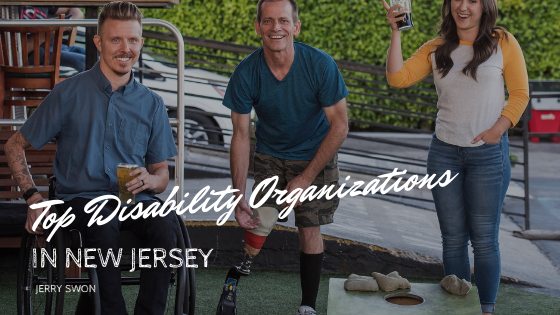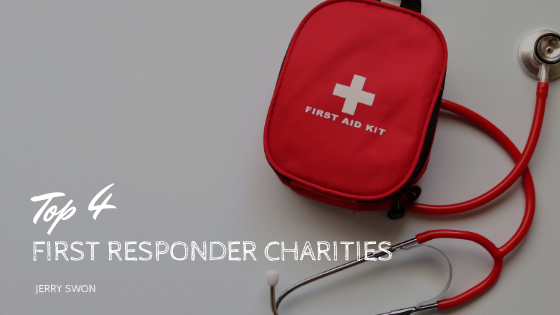Finding the right partnerships can be crucial to your success if you’re a nonprofit organization. Partnerships can provide much-needed resources, funding, and support for your organization. But not all associations are created equal – it’s essential to find and nurture relationships that are truly valuable for both organizations involved. Here is how to find and cultivate beneficial partnerships for nonprofits.
First, start by identifying what the organization needs. Whether it’s volunteers, funding, or expertise, knowing the need will help narrow the search for potential partners. Then look for other organizations that share the mission. These organizations may be able to provide financial assistance, in-kind donations, or other forms of support. They may also be willing to collaborate on joint projects or events. If one is unsure where to start, they can try reaching out to your local Chamber of Commerce or business association. These groups can put one in touch with businesses and organizations that might be a good fit for partnership opportunities.
Another way to find potential partners is through online research. Many websites and databases list companies and organizations by industry, size, location, and other criteria. It can help one narrow down their search to find organizations that are more likely to be interested in partnering with their nonprofit.
Once one has identified potential partners, the next step is to reach out and start building relationships. It can be through informal communication such as phone calls or emails or more formal methods like attending events or meetings. When communicating with potential partners, emphasize how the organization can benefit them and the resources they have to offer. Partnerships should be mutually beneficial – if one organization is getting all the benefits, it’s not likely to last long. There should also be mutual respect where each partner should feel valued and appreciated for what they bring to the table.
Finding and cultivating valuable partnerships can be crucial to the success of a nonprofit organization. It takes time and effort, but it can be an advantageous experience for both organizations involved. By taking the time to find and nurture relationships with other organizations that share your mission, you can set your nonprofit up for success now and in the future.










